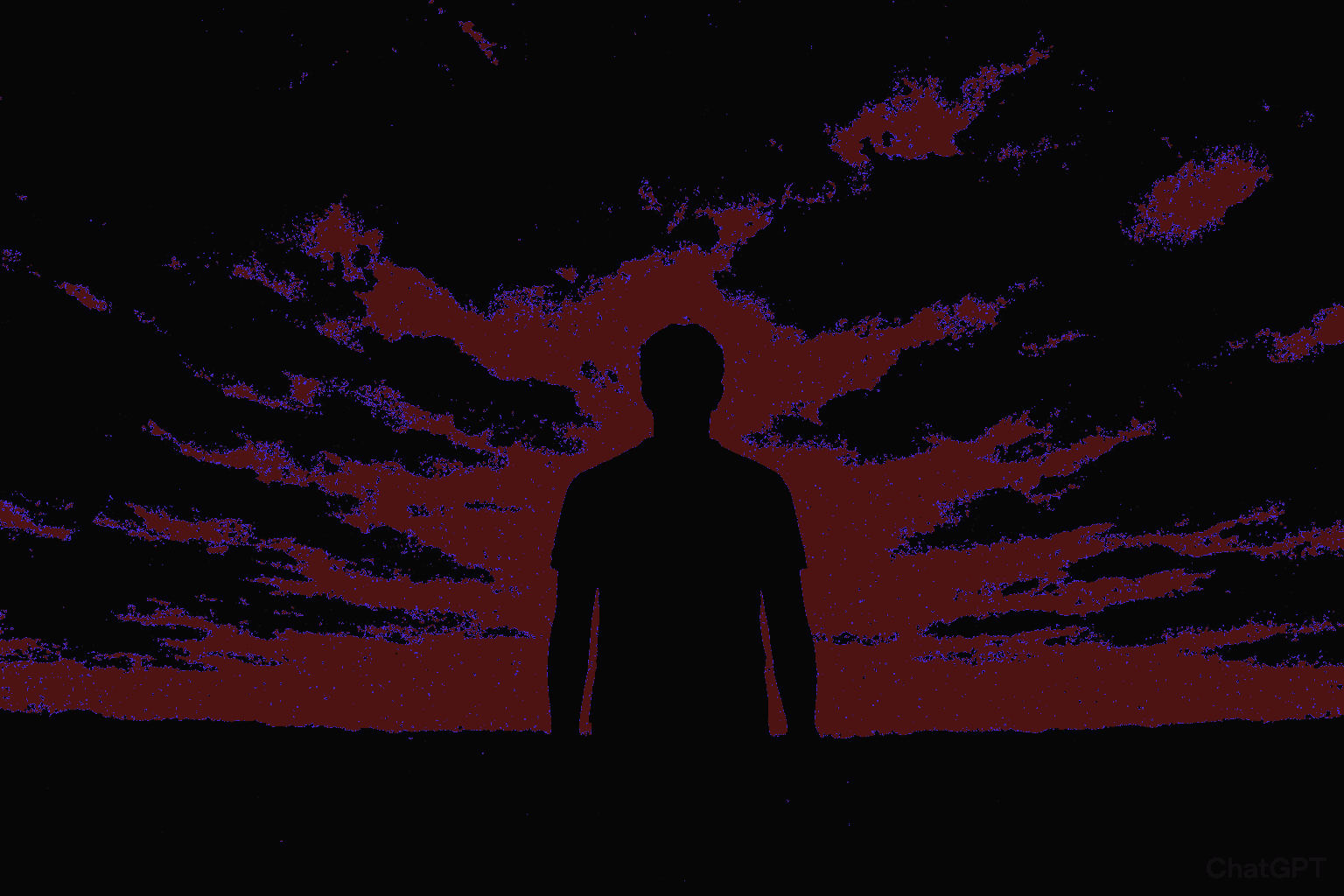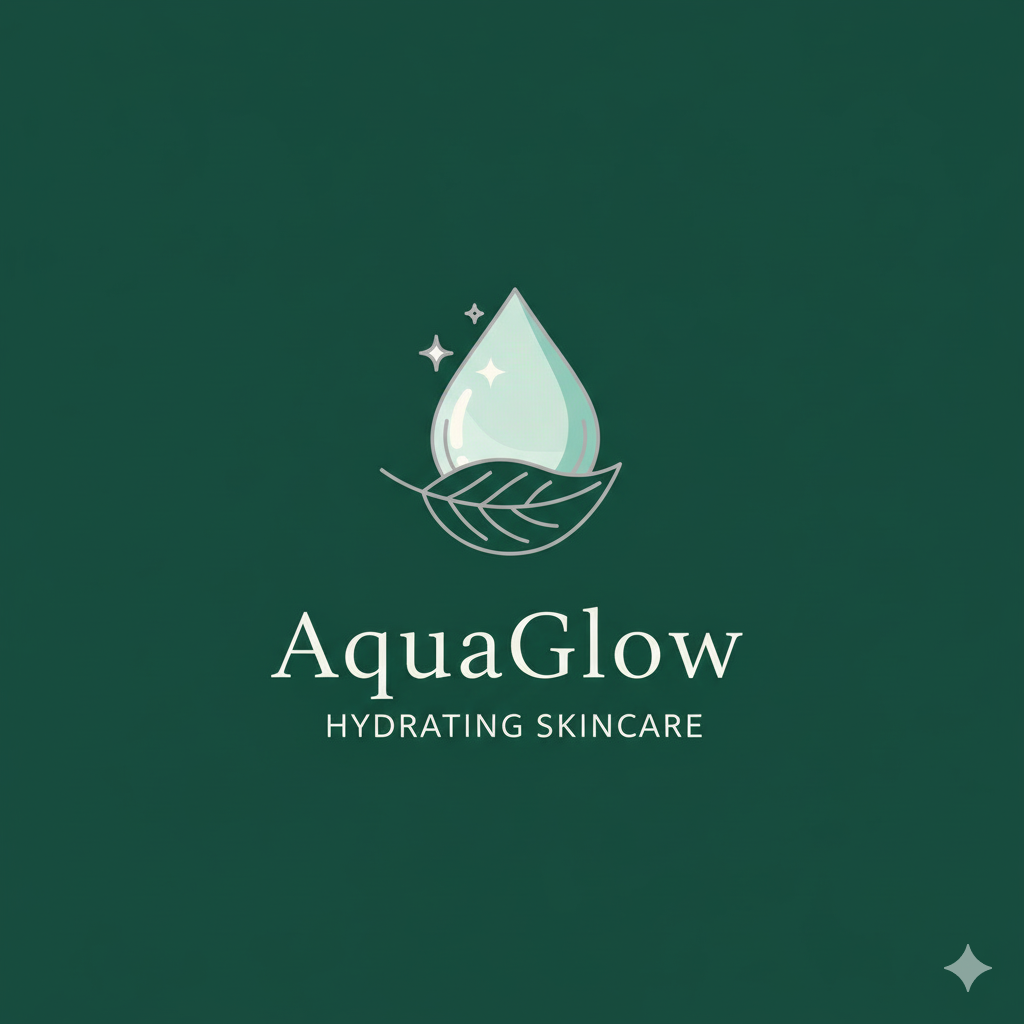Bit depth defines the number of bits used to represent the color or tone of a single or small pixel in a digital image. It determines the number of colors or shades of gray an image can is or can display.


I would rather choose a low depth image for my website because:
– Faster loading time
-Smaller file size
Both of these contribute to the psychological factors and the advantage of speed because when it is fast loading it increases trust and credibility, improves engagement, not really a visible difference that can be notices *usually*.
Using a low-depth image offers several benefits, especially in digital design, and performance. One of the biggest advantages is reduced file size, since fewer bits are required to represent each pixel, making images quicker to store, load, and transmit over networks. This is particularly useful for web applications, mobile devices, or embedded systems where efficiency and speed are important. Low-depth images also simplify processing, which can improve rendering speed in limited software environments. Additionally, they can create striking artistic or dramatic visual effects by emphasizing contrast and shape rather than detail, which is often desirable in logos, icons, or stylized graphics. Overall, using low color depth balances efficiency with a bold, minimal aesthetic.
